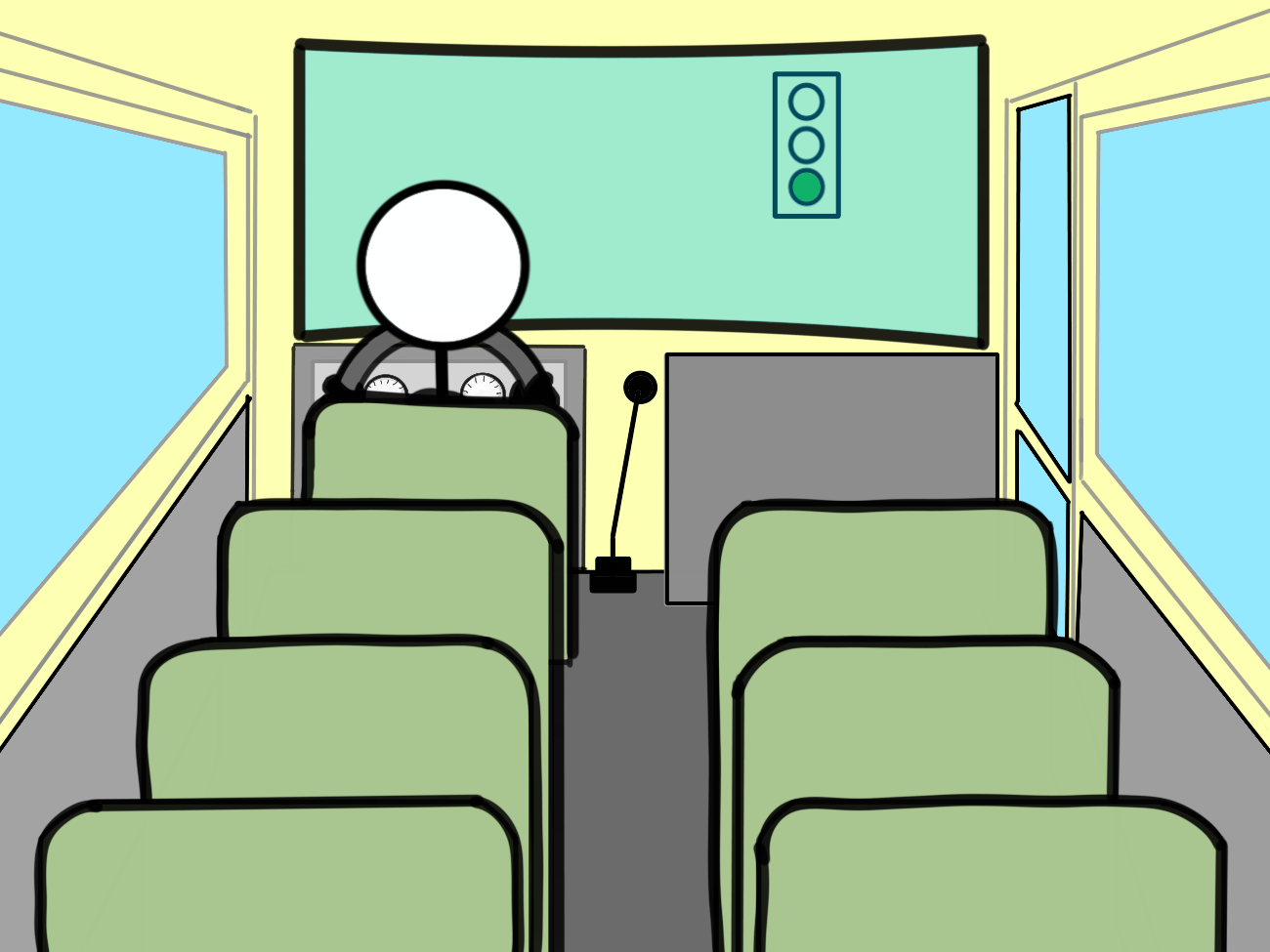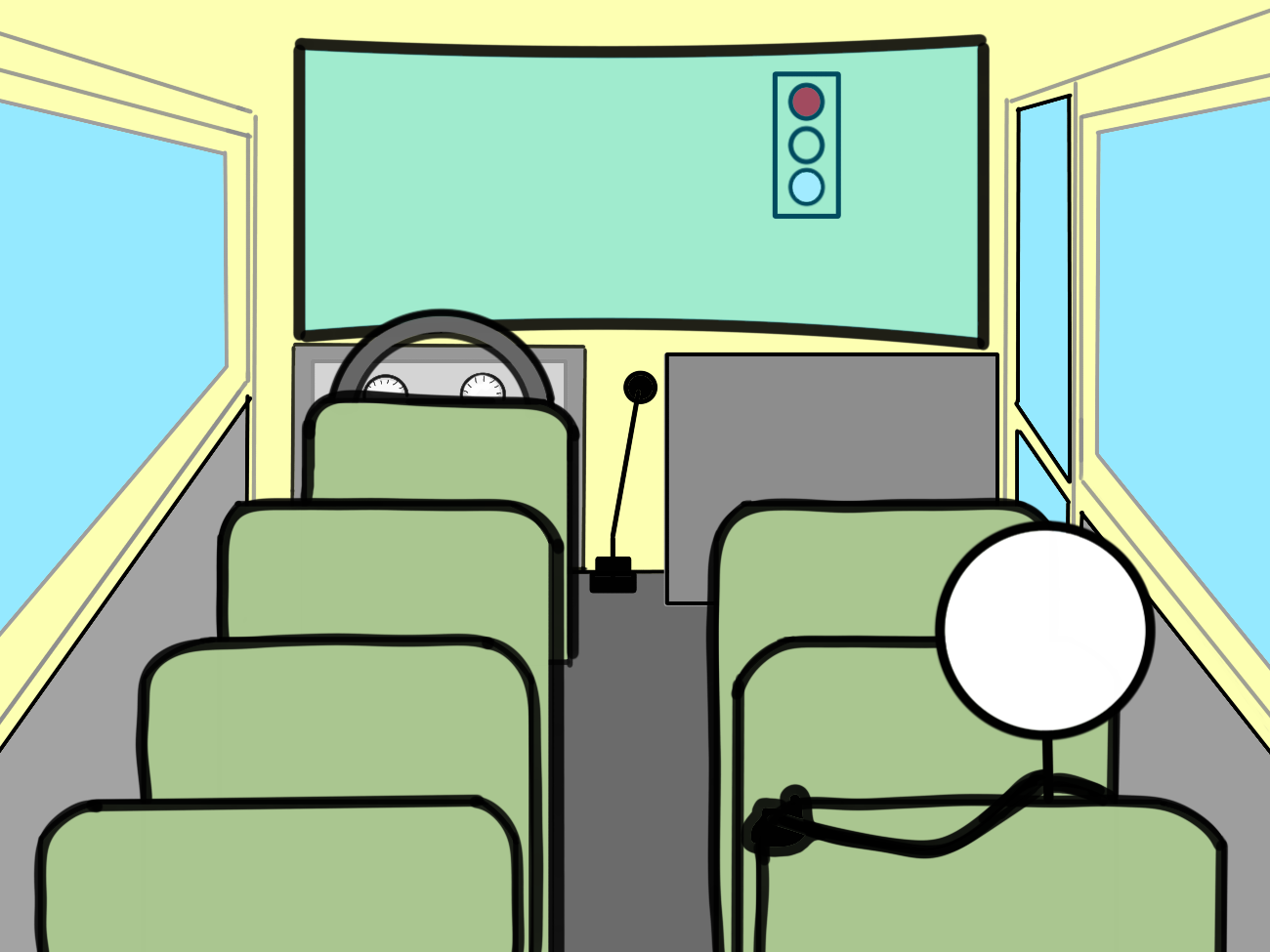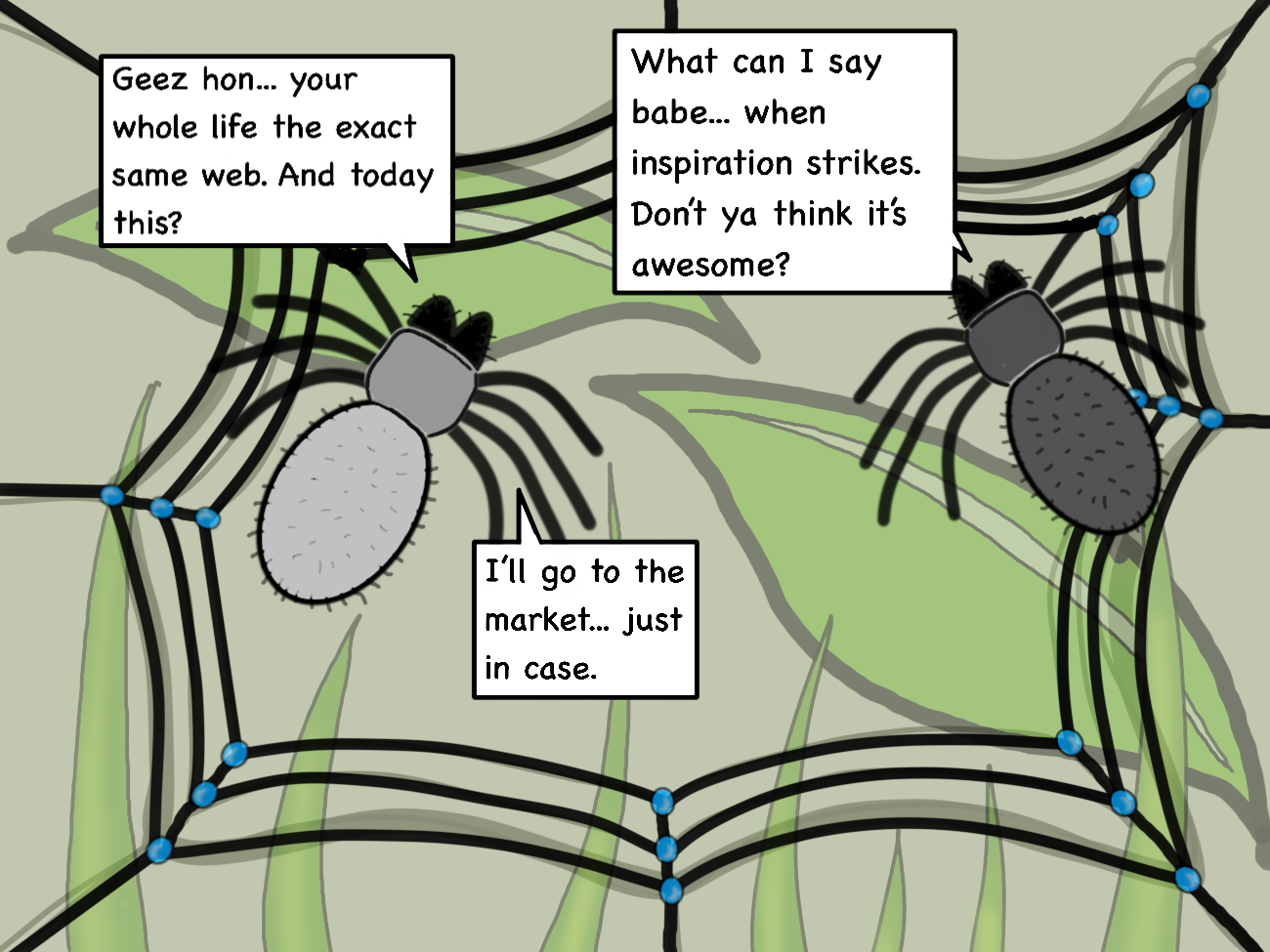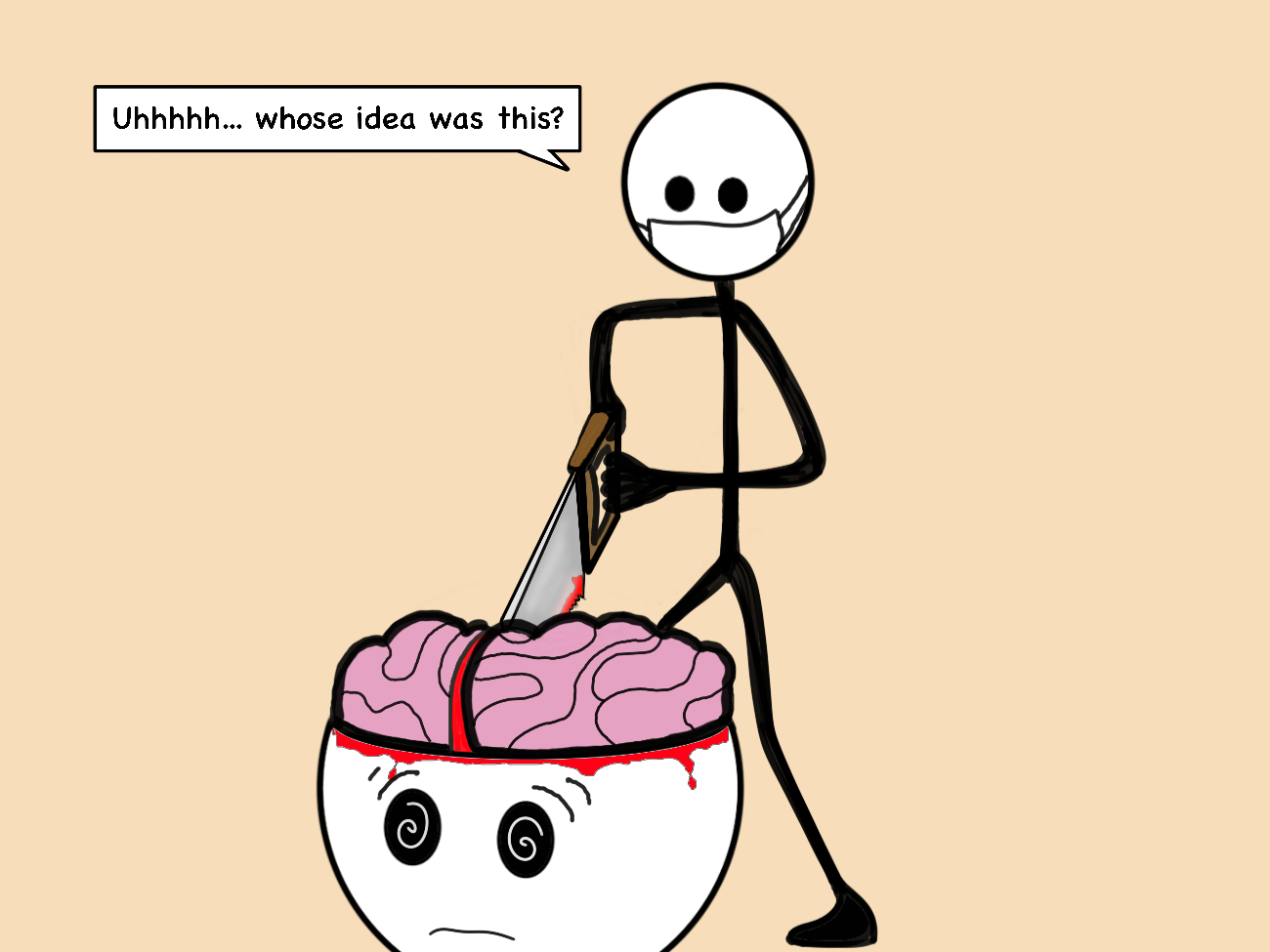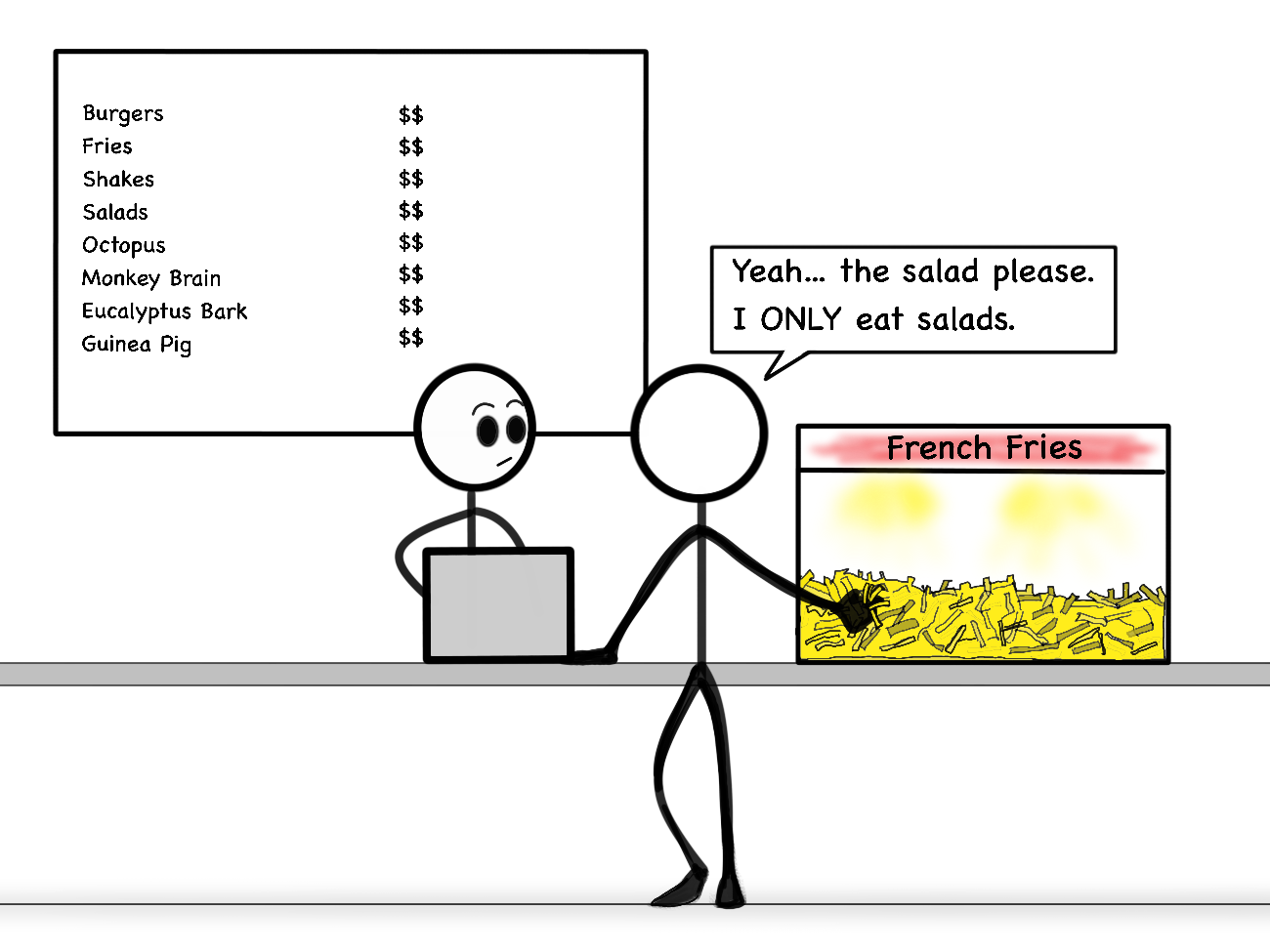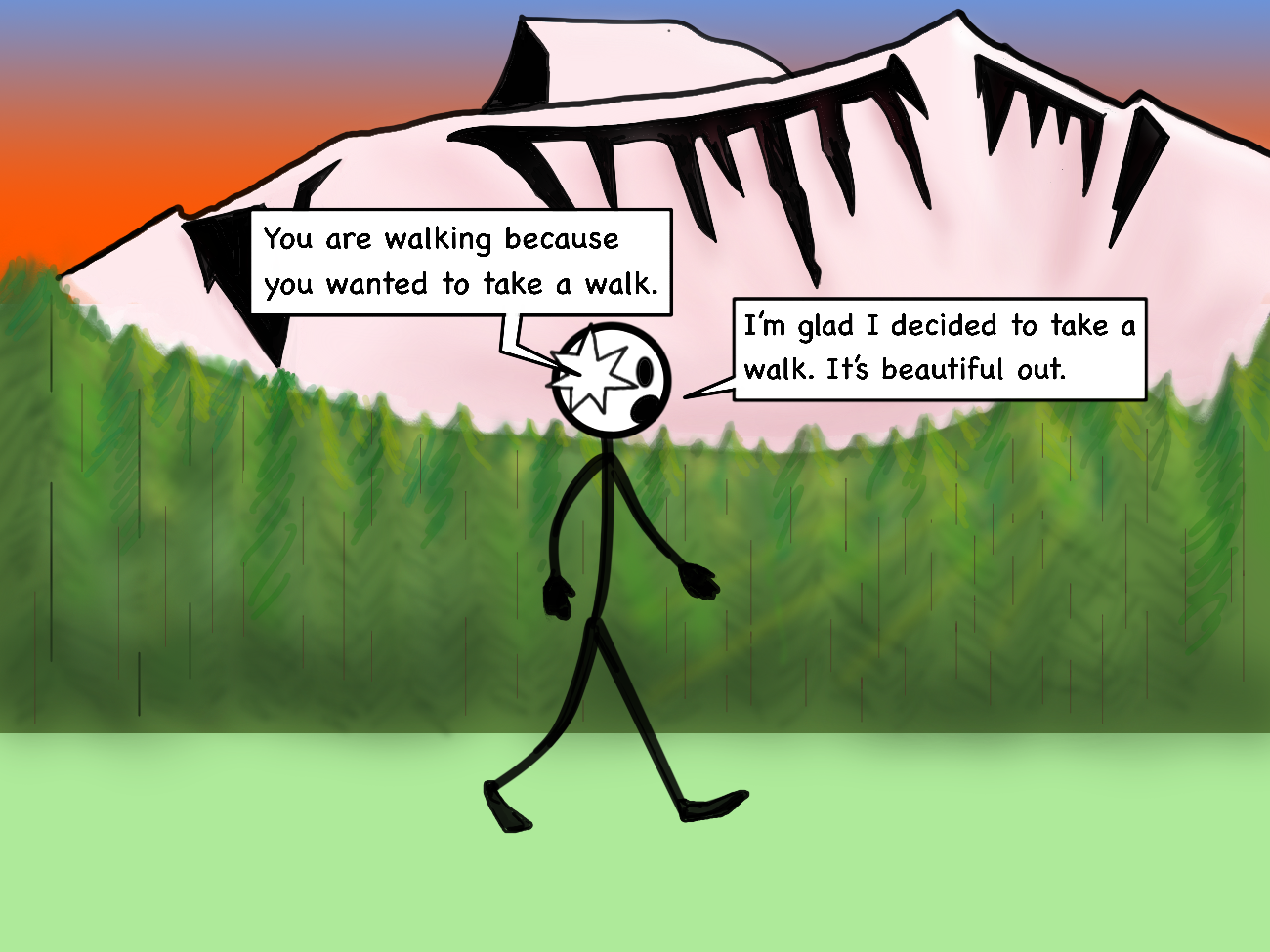Time for the million dollar question… do we have agency?
Are we driving the bus?
Or just along for the ride?
In 1966 Charles Whitman climbed to the top a clock tower at the University of Austin, Texas and shot sixteen people, after murdering his wife and his mother the night before.
After professing his deep love for his wife and his mother in his suicide note, he requested an autopsy be performed on him… because even he couldn’t understand his own actions.
That autopsy reveled a tumor pressing against his amygdala… the part of the brain responsible for fear and aggression.
The neuroscience was not and still is not advanced enough to make any conclusions.
Kim Gorgons does neuro-research on prison inmates. She has found that up to eighty percent of them have had a traumatic brain injury that was significant enough to warrant hospitalization.
In the general population that number is well below five percent.
Can we really be unaware of why we do what we do?
There are a number of parasites who survive in exactly this way. They hijack hosts to do their bidding… without the host ever realizing whats going on.
For example, when orb spiders become infected by a parasitic wasp they begin weaving a web for that is better suited for the survival of the wasp larvae than it is for it’s own.
Toxoplasmosis lives in rats… and other rodents, but only reproduces in the intestines of cats.
That seems like a counter-productive setup. You’d think it could do better by infecting something that likes to be around cats. Like fleas.
No worries. The parasite makes the jump by turning the rat into a type of toxoplasmosis ratscicle. That’s right… it changes the rats brain chemistry so that the things that once scared it into hiding… the smell of cat urine, now attract it and draw it outside.
You know how that ends.
Adding a couple of interesting wrinkles to the toxoplasmosis story… there is some evidence that cat lovers… you know, the people who are freaking crazy for cats, carry the parasite too. Also many ER doctors claim that most of the motorcycle accident victims they see are infected with toxoplasmosis.
And then there is the split brain society. These people are of two minds about everything… literally.
In the sixties and seventies neurosurgeons developed a radical procedure to help people who were suffering from debilitating seizures.
They severed the connection between the right and left hemispheres of the brain.
And… it worked.
The seizures were minimized and… incredibly the people appeared to be no worse for the wear.
Just to be sure… they doctors continued to study them for a while and some strange things began happening.
It appeared that the hemispheres’s, which were no longer able to communicate, were developing independent awareness.
Funny stories were emerging. One patient was having trouble dressing himself. He would get out his suit with one hand… and the other put it back and grabbed a pair of jeans.
Another explained the same difficulty at mealtime.
Asking for a salad while one hand grabbed fries.
This became known as hemispheric rivalry.
Because of our brains unique architecture… one side reporting in to the other side of the body, the researchers could question each hemisphere independently.
We see in visual fields. A center point and a right and left visual filed. The left visual field reports to the right half of the brain and vice versa.
And in most people, the speech center is located in the left half of the brain.
When they showed a picture of an orange to the right visual field of these patients they had no problems saying that they were looking at an orange. But when they showed that picture to the left visual field… the left hemisphere, the hemisphere that’s speaking says it didn’t see anything. Because it didn’t. But when they ask the subject to select what they saw from a tray of items… the left hand, which reports to the right hemisphere grabs the orange every time.
And then there’s this: if the right hemisphere acts on information that the left hemisphere (the speaking side) isn’t aware of, the left hemisphere gives an instant… and false, story about why that happened.
For example, if the researchers flashed a message to the right hemisphere telling it to get up and go to the door. The body obeyed. The subject got up and headed towards the door.
And – here’s where it gets interesting – the left hemisphere… totally unaware of the command given to the right, will always and instantly create a narrative about why it did it – “I was thirsty,” or “I thought I heard a noise,” – despite not having any notion of the impulse behind the act.
Instead of expressing concern or confusion over not understanding why it’s body is doing what it’s doing, it instead instantly comes up with an explanation.
In other words the left hemisphere… by all impressions and independent consciousness, is operating under the illusion of free will… and is perfectly happy to play along.
This resident of the mind is called “the interpreter”, and it lives in all of us.
That’s more than one nail in the free will coffin. And when we go to the MRI research… the picture doesn’t brighten.
Benjamin Libet from UCSF asked subjects to randomly make a specific movement of say… their finger. He used an EEG to measure activity in their brains. The subjects watched a clock with a sweeping second hand and would indicate the exact second that they decided to move their finger.
When reviewing the data Livet found that he could predict the move.
Roughly half of a second before the decision was made a bunch of preparatory activity popped up in the cortex.
The decision was made before the subject was aware of it.
In another study subjects were given two numbers and asked to randomly decide whether to add those numbers or subtract them.
A more complicated neurological task than simply moving a finger.
When looking at the FMRI signals the researchers were able to determine not only when the decision was made… but also what the decision was. And they were able to do so up to four seconds before the person “making the decision” was aware they made it.
And I could go on… and on. There is a lot of data in this field. But it all points in the same direction… that despite our intuition, we are largely, if not entirely along for the ride.
Here’s how Annaka Harris sums it up, “the experience we have of feeling that “I” can override certain brain behavior and make a totally free choice that is in some way separate from my brain… that is absolutely an illusion.”
So what does that mean?
First off it means we don’t really know what consciousness is. Returning to the question I asked in chapter one: by what right do we determine who has consciousness?
By no right.
We are henceforth disqualified from all future determinations and all past decisions should be vacated.
As for the implications on our actions… well, don’t worry… we’re not going to descend into the chaos of moral relativism… any more than we already have anyway.
When people can rationalize blowing up a bunch of people drinking coffee… or at a wedding how far do you have to fall?
Consciousness has a vested interest in keeping us engaged… keeping us believing that we exercise free will, because those who believe It do better in life.
I think about it this way… even if free will is an illusion, we still have choice. We just didn’t have as much to do with determining what we are choosing between as we thought.
Most importantly, Kim Gorgons work has shown is that even if we are largely along for the ride, there is a mechanism in play that allows arguments to seep in and effect our behavior.
She’s proven this by successfully introducing hacks to people with traumatic brain injury that helped them do what they needed to do to avoid returning to prison.
You can be trained to interpret the world in a way that empowers you.
And that is where we’re headed.
Back: Chapter 3 – The Culture Club
Coming Soon… Part 2 – Story Time
Resources:
Iaan McGilchrist
Annaka Harris
Sam Harris
Michael Gazzaniga
Kim Gorgens

